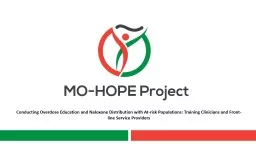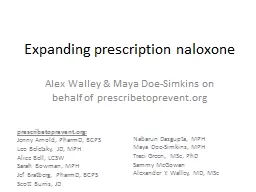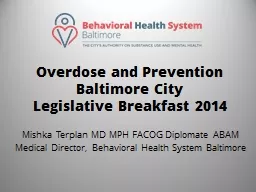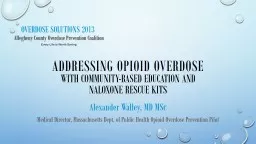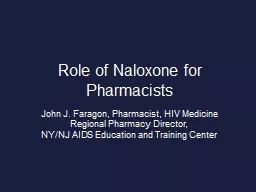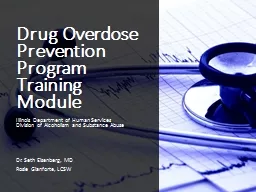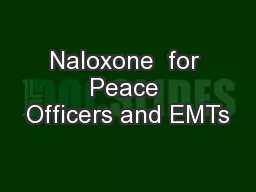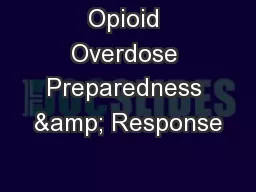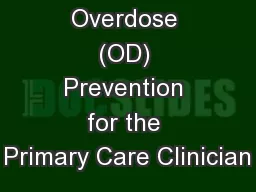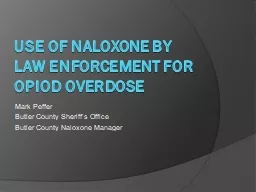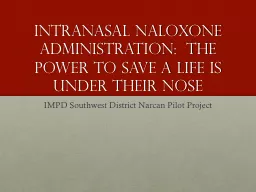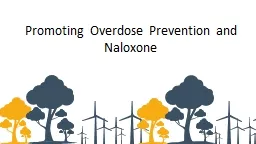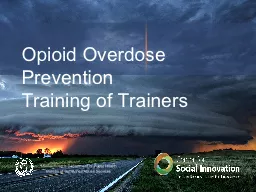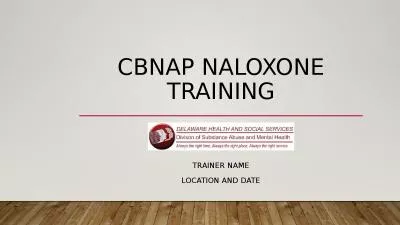PPT-Conducting Overdose Education and Naloxone Distribution with At-risk Populations: Training
Author : phoebe-click | Published Date : 2018-12-08
Please read the consent agreement in front of you and further instructions will be given on how to complete the pretraining survey Remove the ID number label
Presentation Embed Code
Download Presentation
Download Presentation The PPT/PDF document "Conducting Overdose Education and Naloxo..." is the property of its rightful owner. Permission is granted to download and print the materials on this website for personal, non-commercial use only, and to display it on your personal computer provided you do not modify the materials and that you retain all copyright notices contained in the materials. By downloading content from our website, you accept the terms of this agreement.
Conducting Overdose Education and Naloxone Distribution with At-risk Populations: Training: Transcript
Download Rules Of Document
"Conducting Overdose Education and Naloxone Distribution with At-risk Populations: Training"The content belongs to its owner. You may download and print it for personal use, without modification, and keep all copyright notices. By downloading, you agree to these terms.
Related Documents

